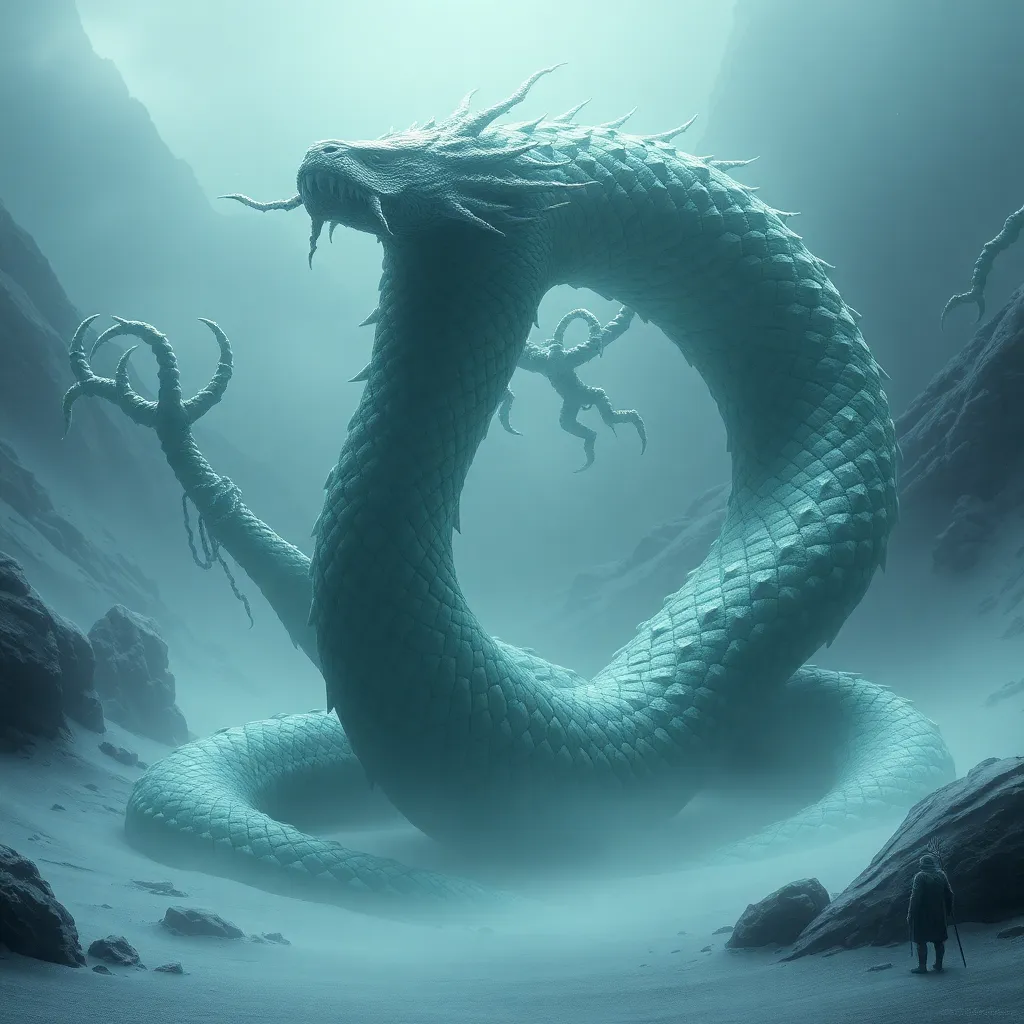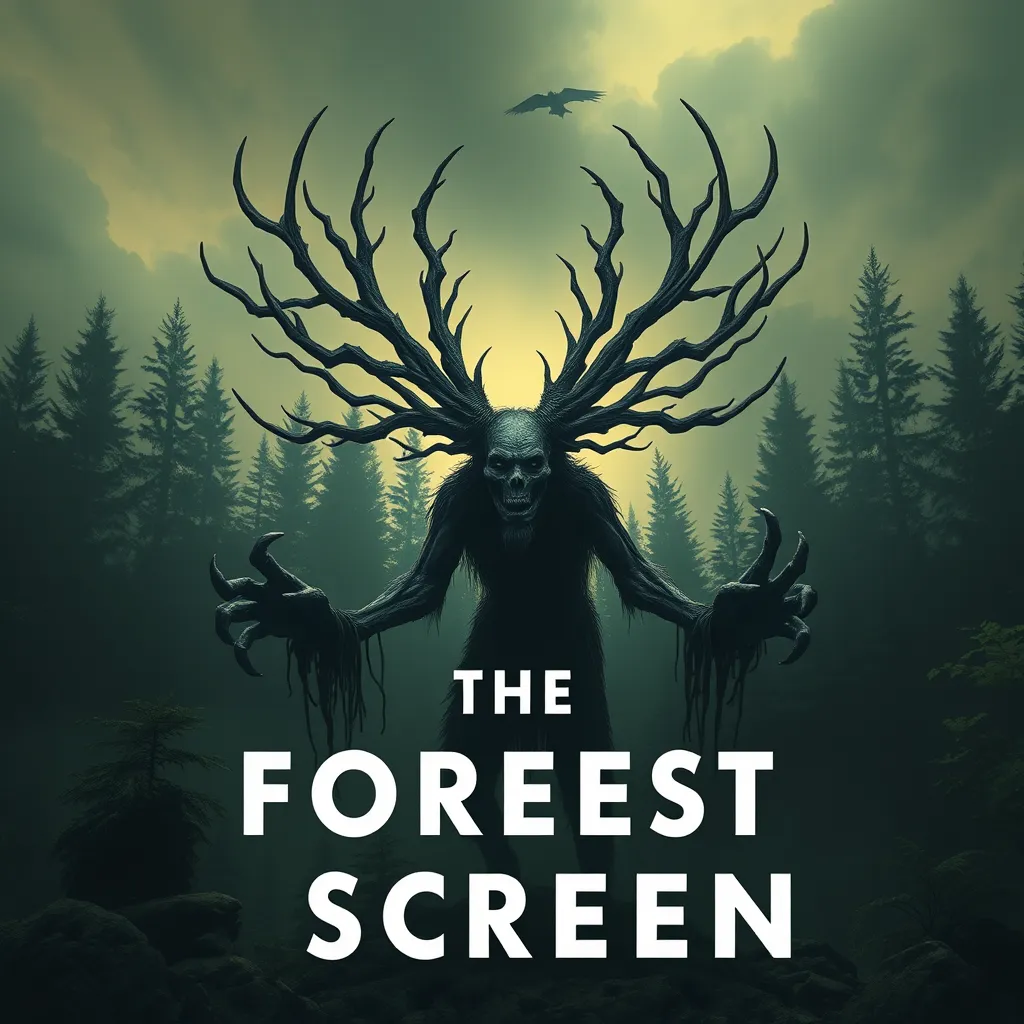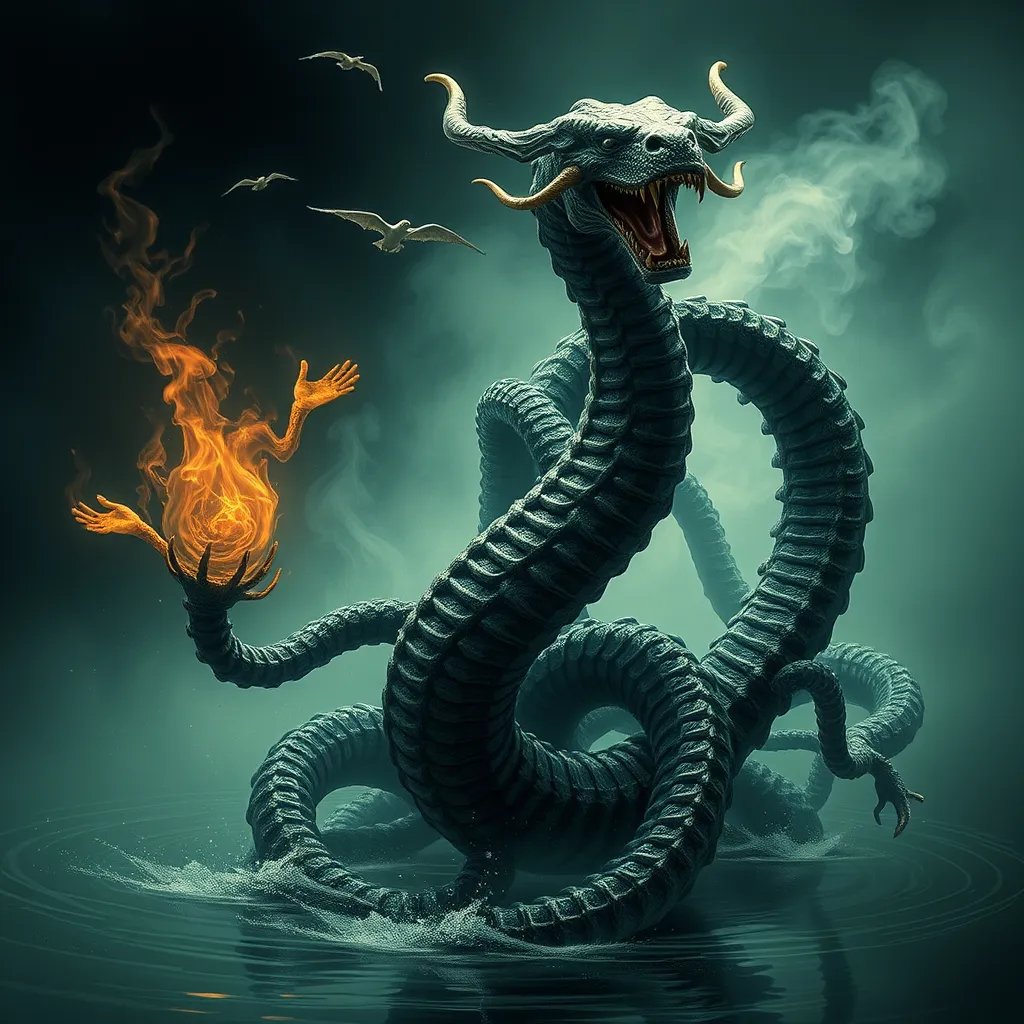Echidna and the Origins of Norse Monsters: Examining the Influence of the Serpent-Woman on Scandinavian Mythology
I. Introduction
Mythology plays a crucial role in shaping cultural narratives across various civilizations. It serves as a lens through which societies interpret their world, exploring complex themes of creation, destruction, and the human condition. Among the many fascinating figures in mythology, Echidna stands out as a significant character with intriguing implications for understanding the origins of Norse monsters.
This article aims to explore the character of Echidna within Greek mythology and her potential influence on Norse mythology, particularly in the portrayal of monstrous beings. By examining these connections, we can gain a deeper understanding of how mythologies intertwine and influence one another across cultures.
II. Who is Echidna?
Echidna is a prominent figure in Greek mythology, often referred to as the “Mother of Monsters.” She is depicted as a creature with the upper body of a beautiful woman and the lower body of a serpent, embodying both femininity and a primal, chaotic nature.
As the Mother of Monsters, Echidna is credited with giving birth to many of the fearsome creatures that populate Greek myths, including the Chimera, the Hydra, and Cerberus. Her role underscores a vital aspect of mythology: the connection between motherhood and monstrosity.
The symbolism of the serpent-woman often reflects themes of duality, representing both creation and destruction, beauty and terror. This archetype has appeared in various cultures, indicating a shared recognition of the complex nature of femininity and the chaos that can arise from it.
III. Norse Mythology: An Overview
Norse mythology is rich with themes of heroism, fate, and the struggle between order and chaos. Central to these narratives are key figures such as Odin, Thor, and Loki, as well as a host of monstrous beings and giants that challenge the gods and humanity alike.
Monsters and giants in Norse tales often symbolize the forces of chaos and destruction, serving as antagonists to the gods. The interplay between these figures and the deities creates a dynamic tension that drives many Norse myths.
When comparing Greek and Norse mythological frameworks, we see both similarities and differences. Both cultures feature formidable creatures that embody chaos, but the motivations and narratives surrounding these entities can differ significantly.
IV. The Serpent-Woman Archetype
The serpent-woman archetype appears in various mythologies worldwide, often embodying complex traits. Common associations include:
- Chaos and creation
- Feminine power and sexuality
- Transformation and duality
In many cultures, serpent-women symbolize the dual nature of femininity, capable of nurturing life while also representing danger and unpredictability. This duality is mirrored in Echidna’s role as a mother of monsters, suggesting that creation and destruction are intertwined.
The cultural significance of serpent-women in ancient societies often reflects the prevailing views of womanhood, femininity, and the natural world’s chaotic elements, underscoring their importance in mythological narratives.
V. The Influence of Echidna on Norse Monsters
When examining Norse mythology, we can identify parallels between Echidna and certain Norse creatures. Notable Norse monsters that may have drawn inspiration from Echidna include:
- Jörmungandr (the Midgard Serpent): This giant serpent encircles the Earth, representing chaos and the cyclical nature of life and death. Jörmungandr’s characteristics echo those of Echidna, as both figures embody a primal force of nature.
- Fenrir (the monstrous wolf): Fenrir is prophesied to bring about the death of Odin during Ragnarök. Like Echidna’s offspring, Fenrir embodies the themes of destruction and chaos, challenging the order established by the gods.
Artistic and literary representations of these monsters often highlight their fearsome nature and the deep-seated anxieties they evoke within the human psyche. The parallels between Echidna and these figures suggest a shared thematic lineage across mythologies.
VI. The Role of Female Figures in Norse Mythology
Female characters in Norse mythology play crucial roles in shaping narratives and influencing the actions of gods and heroes. Prominent female figures include:
- Angerboda: The mother of Fenrir, Jörmungandr, and Hel, Angerboda is portrayed as a powerful figure associated with chaos and foreboding.
- Hel: The goddess of the underworld, Hel embodies the duality of life and death, similar to Echidna’s complex nature as a mother of monsters.
Both Angerboda and Hel, like Echidna, represent the interplay of creation and destruction, showcasing the multifaceted roles women play in mythology. Their stories often reflect the broader cultural understanding of femininity, power, and the forces of nature.
VII. Modern Interpretations and Adaptations
In contemporary culture, there has been a resurgence of interest in mythology, with many aspects of ancient stories being reinterpreted and adapted for modern audiences. Echidna and Norse monsters are frequently represented in various media, including literature, film, and video games.
Popular adaptations often emphasize the themes of chaos and power associated with these figures, offering new perspectives on their roles in mythology. For example:
- Graphic novels and comics have reimagined Echidna and Norse monsters, exploring their complexities in visually engaging ways.
- Television series and films frequently draw upon these mythological figures, placing them within modern narratives that resonate with contemporary issues.
The impact of these interpretations contributes to our understanding of ancient myths, allowing audiences to engage with and reflect on the lasting significance of these stories.
VIII. Conclusion
In summary, Echidna’s influence on Norse mythology is a testament to the interconnectedness of global mythologies. The parallels between Echidna and Norse monsters like Jörmungandr and Fenrir reveal a shared cultural narrative that transcends geographical boundaries.
As we reflect on the enduring legacy of serpent-women in folklore, we recognize their significance in exploring themes of chaos, creation, and the complexity of femininity. Through the study of these mythologies, we gain insight into the universal human experience and the narratives that shape our understanding of the world.



